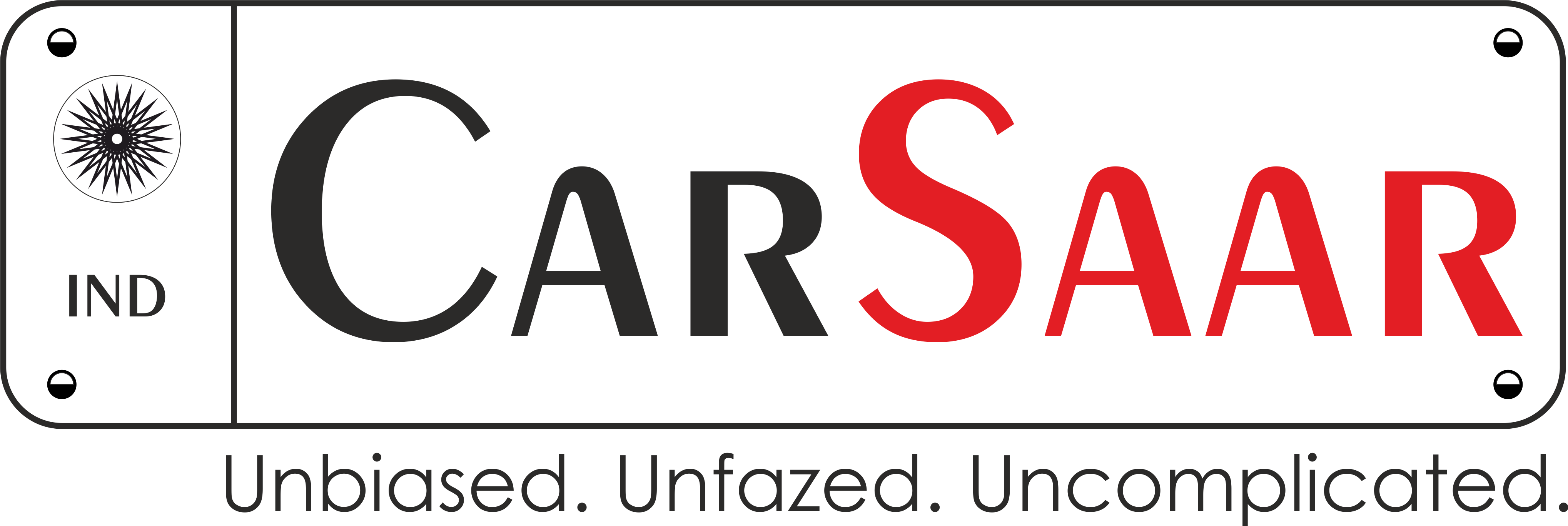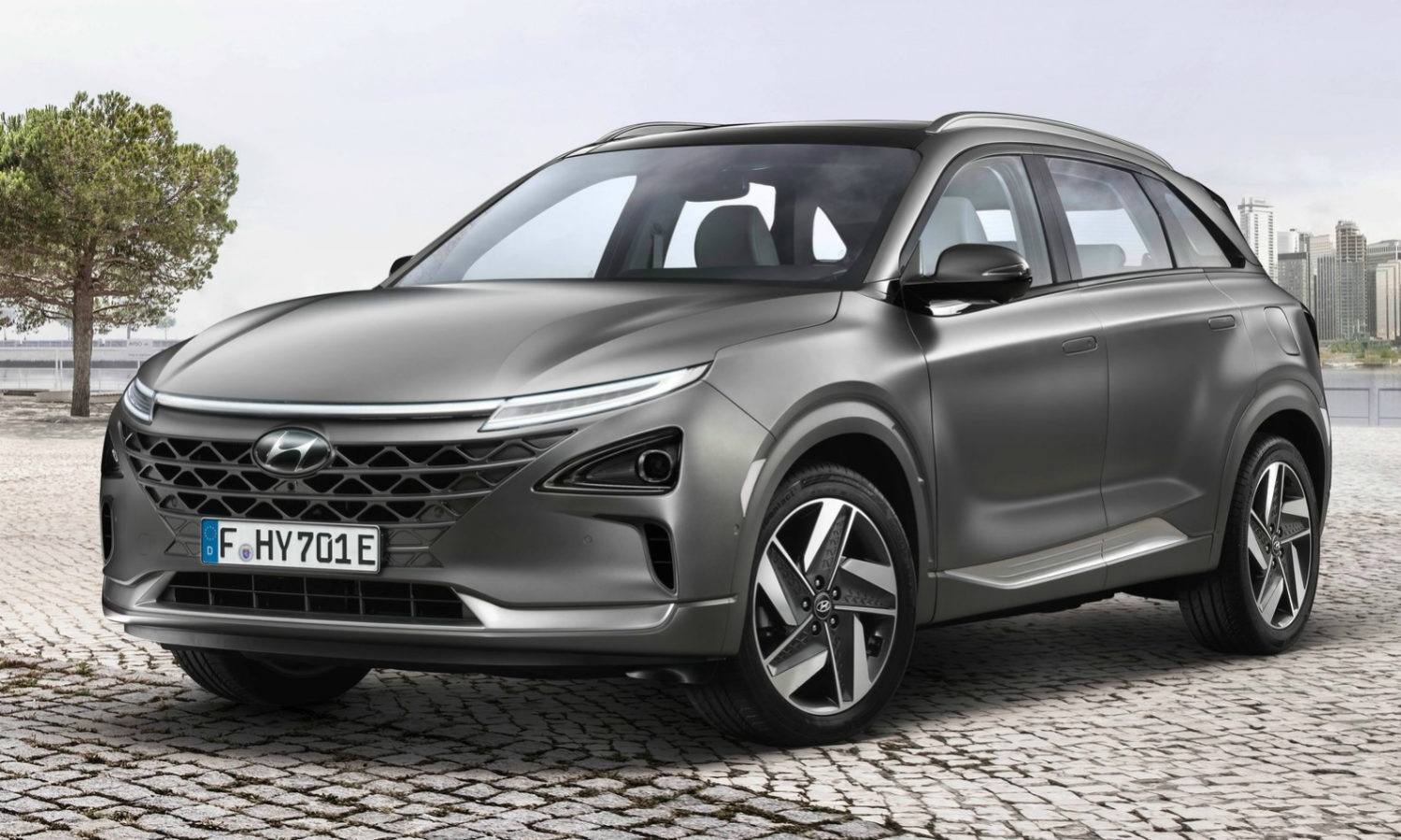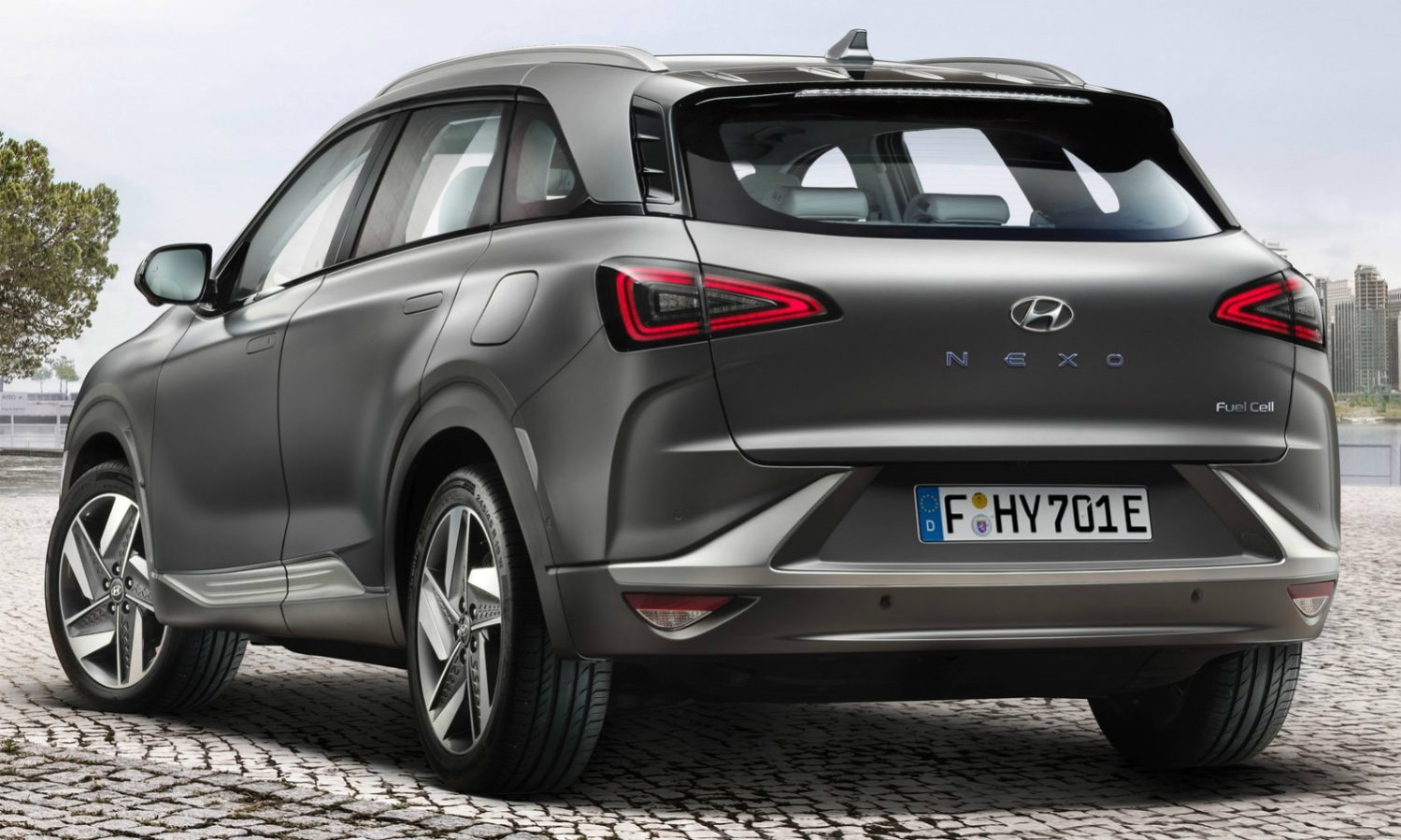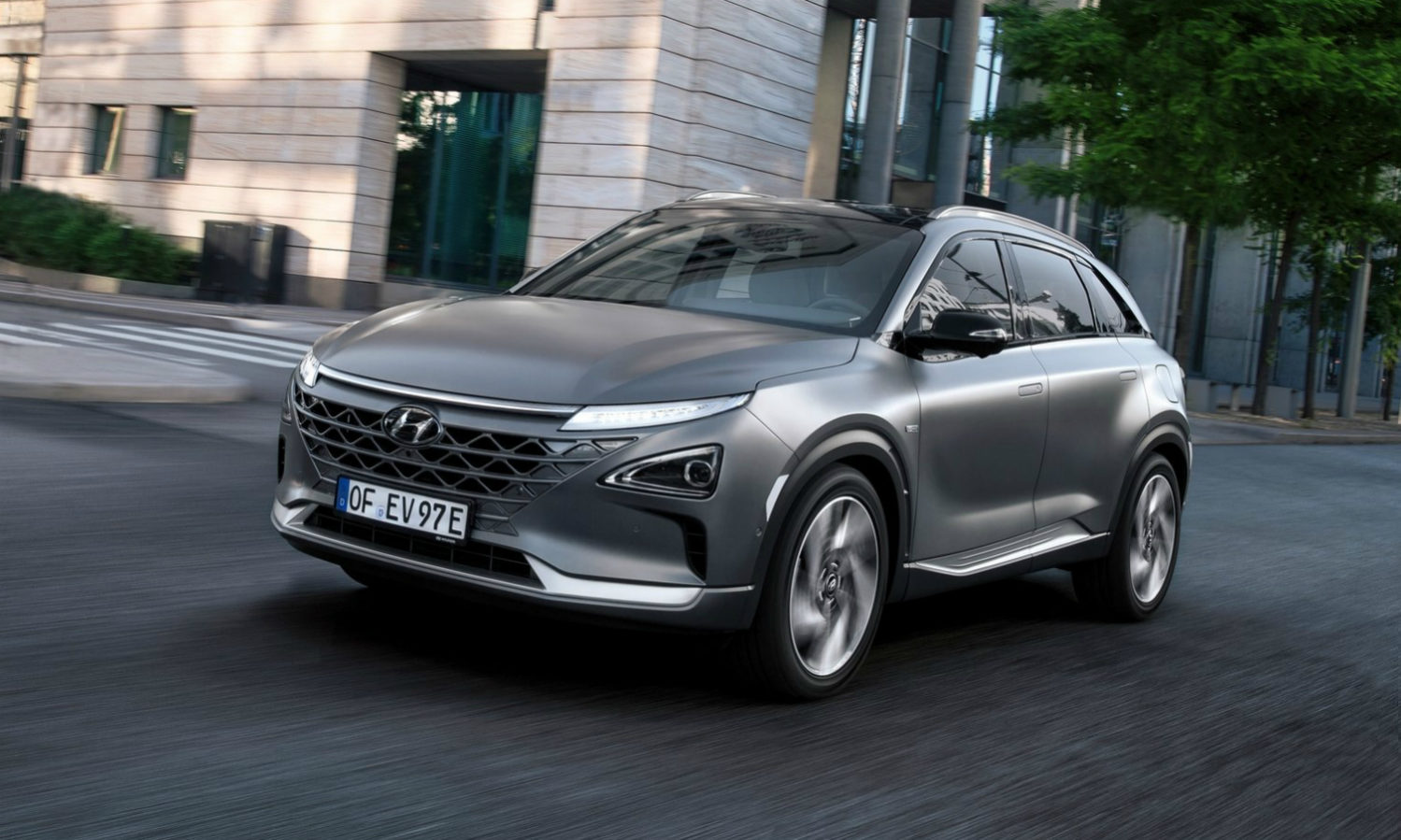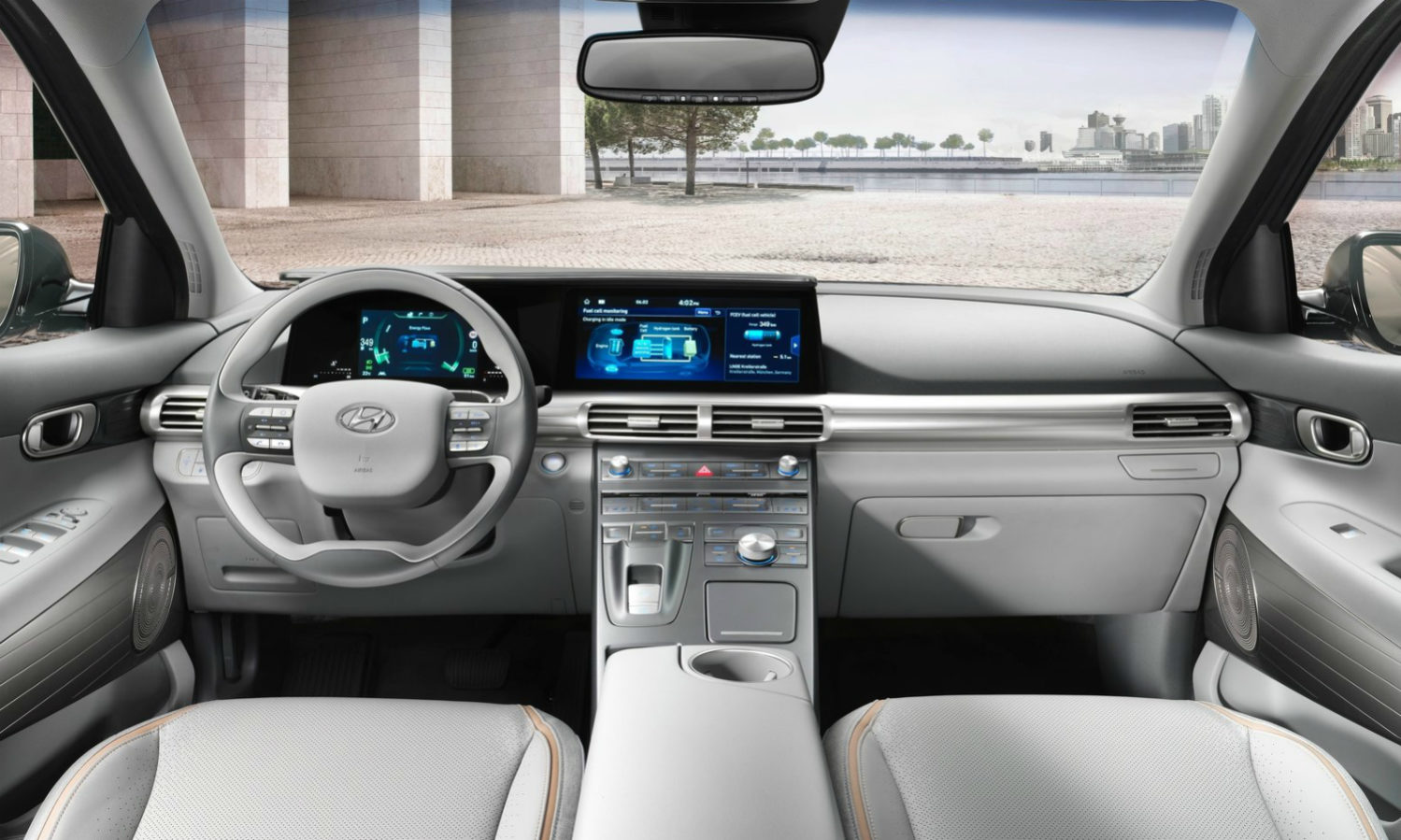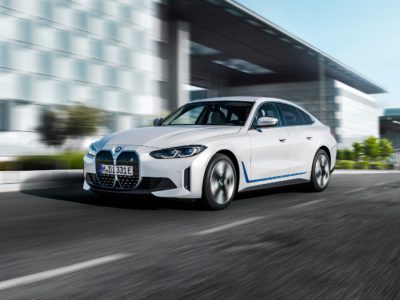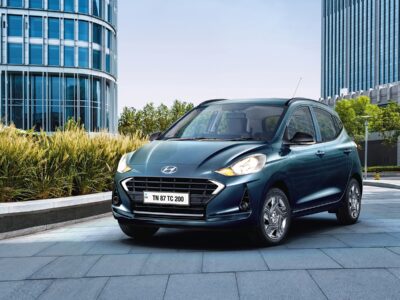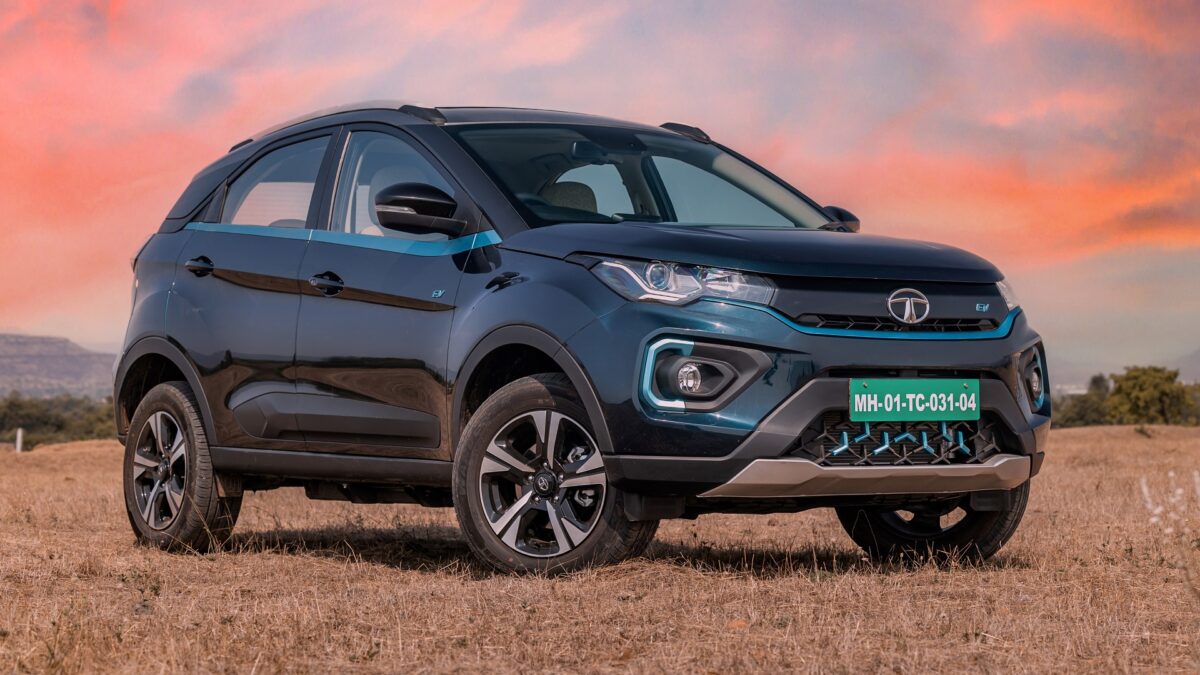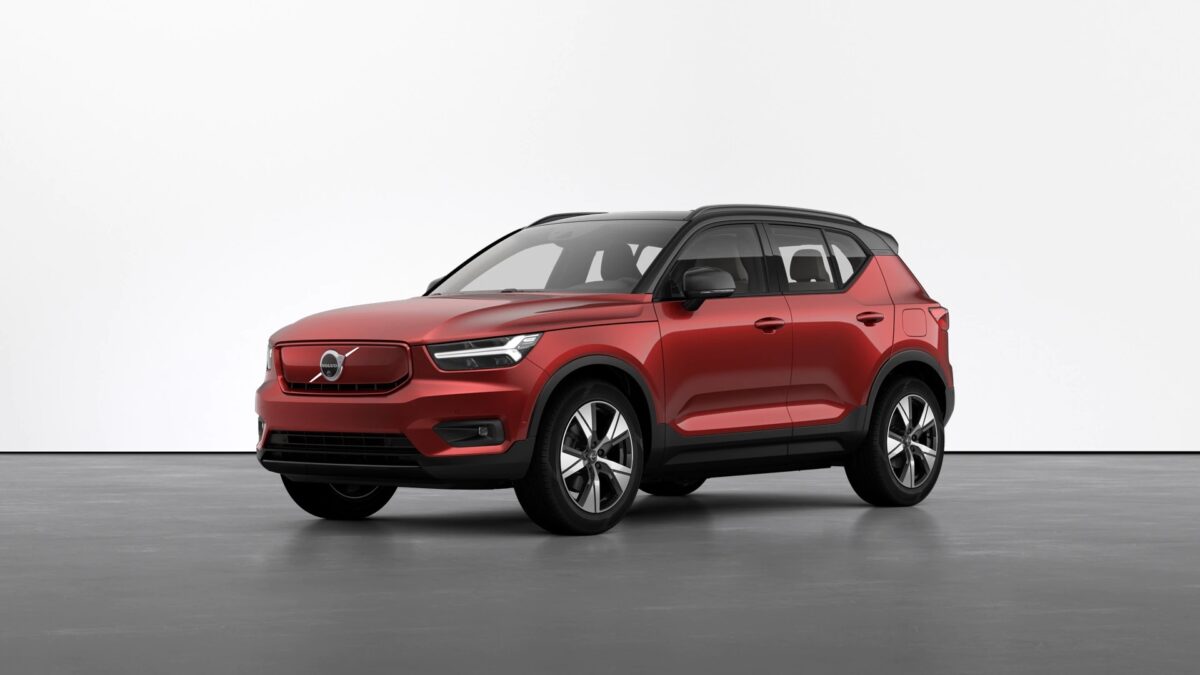Green mobility is a global phenomenon. Almost every carmaker is either working on or has already introduced some electrification technology in at least one of their models. The most popular approach is fitting a vehicle with a bunch of batteries, which power an electric motor. With such a setup, the immediate emissions from that electric vehicle (EV) are zero. However, battery-powered EVs, or BEVs, do have their problems such as range anxiety and lengthy charging times.
- Hyundai Nexo
- Hyundai Nexo
To bypass such problems, some manufacturers have created FCEVs (Fuel Cell Electric Vehicles). Hyundai is one of them as it sells the Nexo SUV in a few markets worldwide. It seems the company wants to diversify the approach for zero-emissions mobility in India as it has started evaluating the feasibility of introducing FCEVs. Do you know what that means? Many might spot Nexo test mules across the length and breadth of the country in the coming months. On a more serious note, Hyundai could become the first automaker to introduce an FCEV in India.
So, how does an FCEV work? Witchcraft, probably, is the simplest, one-word answer! A slightly longer version would go like this:
The vehicle sucks air and feeds it into the Fuel Cell. From the fuel tank comes compressed hydrogen and that reacts with the air in the Fuel Cell. Result? Electricity. That goes to an electric motor and vehicle propulsion is the final product. If you are thinking of emissions, then all that comes out of the tailpipes is water. In other words, an FCEV produces no harmful emissions. Such vehicles have another ace up their sleeve – air purification. Up to 99.9 per cent of particulates are dealt with by the filters.
Filling up a car with compressed hydrogen takes more or less the same time as filling one up with CNG (Compressed Natural Gas). Even the process is similar. But, does India have any hydrogen filling stations? No is the answer. So, one might counter that buying a BEV is better since there is some charging network in metros. Or else, they can be charged at homes or offices as well.
- Hyundai Nexo
- Hyundai Nexo
It will be interesting to see what comes out of this study by Hyundai Motor India. Support from the government will play a key role if FCEVs are ever to land on our shores. Nitin Gadkari, who is the minister of road transport and highways in India, has supported the hunt for alternative fuels in the recent past.
And, if you are still wondering, hydrogen is the most abundant element in the universe. It is virtually present everywhere. Earth’s atmosphere has a tiny amount of it. Even the sun comprises of 70 per cent hydrogen. Science lesson over!

